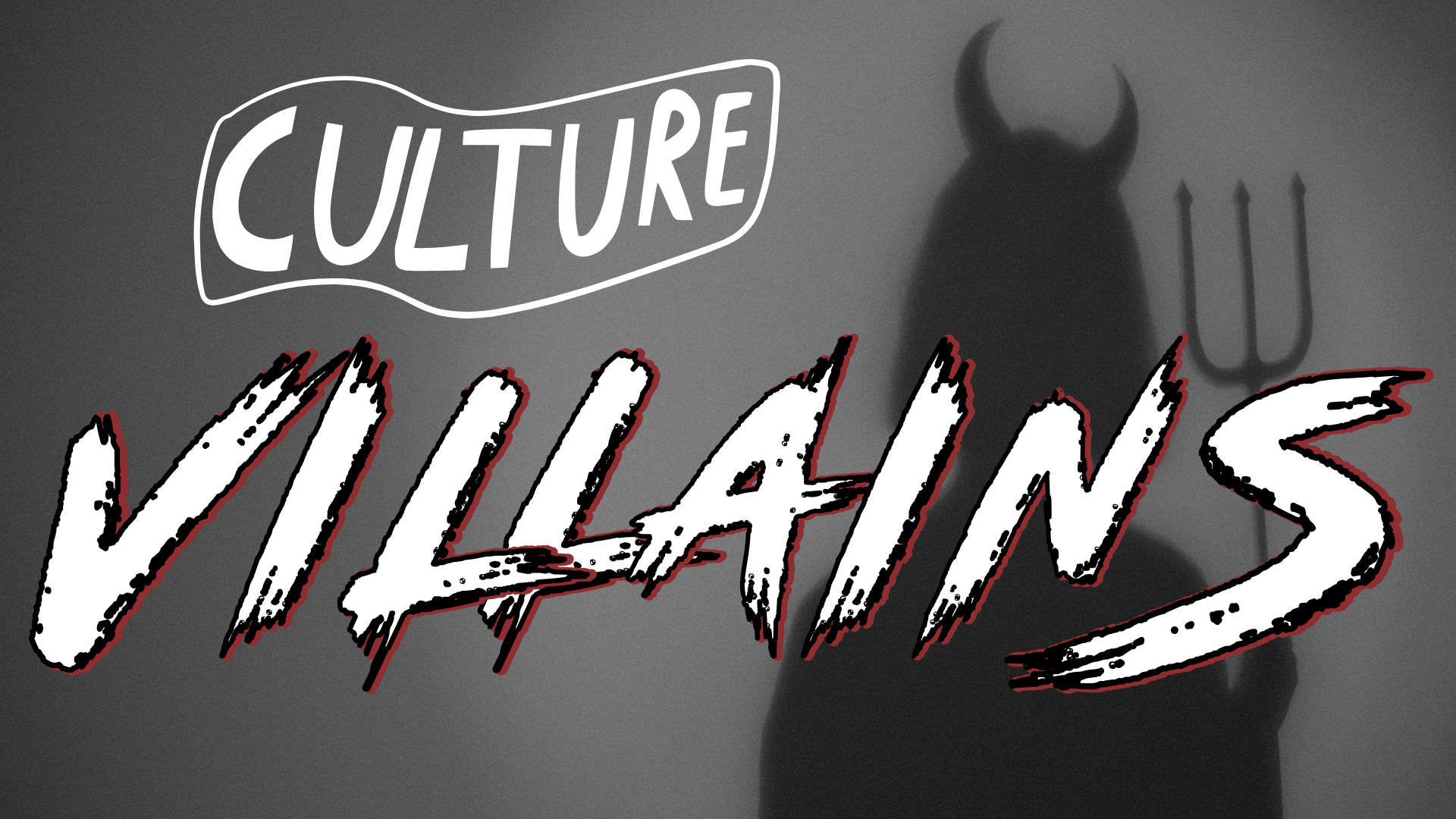Workplace Villains: The Culture Killers to Watch Out For This Halloween

Halloween is here, and while the holiday is all about spooky fun, it’s also a perfect time to shine a light on the real-life “villains” who can haunt the workplace year-round. These aren’t the monsters that roam the streets trick-or-treating; these are the subtle (and sometimes obvious) culture killers lurking within your organization. Whether you’re a manager, a new hire, or a seasoned employee, here’s your Halloween guide to spotting—and avoiding—some classic workplace villains.
1. The “Gossip Goblin”

Costume: Whispered conversations, an ever-present smirk, and lots of side-eyes.
This character thrives on drama, always knowing (and sharing) the latest scoop about coworkers, clients, or even management. Though seemingly harmless, Gossip Goblins create toxic environments by undermining trust. Everyone worries that they’re the next topic of conversation, which builds walls instead of bridges. Take extra care to confront rumors with facts and open communication to prevent this goblin from draining morale and disrupting teamwork.
“Gossip Goblin” Tip: Foster transparency in the workplace. Encourage open discussions rather than whispered conversations.
2. The “Critic from the Crypt”

Costume: Deep sighs, a permanent scowl, and a seemingly endless list of things they dislike.
Known for their ever-negative attitude, the Critic from the Crypt finds something wrong with everything and rarely offers constructive feedback. If left unchecked, they turn every project, initiative, or change into a potential pitfall. Criticism without solution breeds fear and stagnation, which can prevent innovation and make even the most motivated teams feel defeated.
“Critic from the Crypt” Tip: Encourage a solution-oriented mindset. If someone raises an issue, invite them to brainstorm solutions to prevent negativity from taking over.
3. The “Micromanaging Mummy”

Costume: Tight wrappings of sticky notes, to-do lists, and an intense (often slightly crazed) gaze.
The Micromanaging Mummy is all about control, never letting employees or team members breathe or take ownership of their work. While supervision is essential, constant hovering stifles creativity and suggests a lack of trust. Over time, team members feel disempowered, unable to take initiative or develop their unique skills.
“Micromanaging Mummy” Tip: Promote trust and autonomy within your team. Give people space to show their strengths—sometimes, the best ideas emerge when employees feel trusted to take risks.
4. The “Meeting Monster”

Costume: A calendar bursting at the seams and a never-ending stream of “urgent” invites.
Meetings have their place, but the Meeting Monster takes it too far, making every tiny decision or update into a formal event. This not only wastes time but also drains team productivity. Hours that could be spent on valuable tasks end up sucked into the black hole of excessive meetings, leaving everyone wondering how they’ll finish their work.
“Meeting Monster” Tip: Reassess the need for meetings and explore more effective ways to communicate. Brief updates or collaborative tools often suffice without the added time drain.
5. The “Credit-Claiming Count”
Costume: A cape emblazoned with “Me,” a fancy signature, and a knack for taking center stage.

This villain lives for the limelight, claiming credit for others’ work and taking advantage of opportunities to shine at the expense of teammates. The Credit-Claiming Count often targets team projects or collaborative efforts, subtly (or not-so-subtly) positioning themselves as the star. Over time, this behavior can lead to resentment, decreased motivation, and an “every person for themselves” culture.
“Credit-Claiming Count Tip: Emphasize team recognition and reward collaboration. Highlight everyone’s contributions so that credit-claiming can’t thrive.
6. The “Invisible Man (or Woman)”

Costume: Ghostly absence, missed deadlines, and a knack for being “out of office” at the worst times.
This character seems to vanish when they’re needed most, leaving their teammates scrambling to pick up the pieces. Whether it’s a lack of accountability or simply dodging responsibility, the Invisible One damages team morale and reliability. While a flexible workplace is essential, reliability is just as crucial.
“Invisible Man (or Woman) Tip: Set clear expectations and hold everyone accountable for their responsibilities. Team support and reliability go hand-in-hand for a healthy workplace culture.
7. The “Silent Specter”

Costume: Eerie silence, no feedback, and an enigmatic presence at the edges of meetings.
The Silent Specter rarely voices opinions, concerns, or ideas, which can be unsettling. While they might not seem disruptive, the lack of engagement creates a void. A culture where people feel empowered to speak up is critical for growth, and a Silent Specter can inadvertently make others feel that their input doesn’t matter.
“Silent Specter” Tip: Encourage open communication by inviting feedback and making it clear that all voices are valued. The more inclusive the environment, the less likely these specters will linger in the shadows.
Final Thoughts: Facing the Villains Together
Every team has its unique personalities, but certain “villains” can harm a positive work culture. By identifying and addressing these behaviors, you can ensure that your workplace stays healthy, supportive, and productive—even after Halloween is over!
At System Improvements, Inc. | TapRooT® RCA, we believe in identifying and eliminating the root causes of workplace culture killers. Want to build a resilient, positive environment? Explore our Root Cause Analysis (RCA) tools and training to uncover and address the behaviors that may be holding your team back. Or message us to learn more about how TapRooT® RCA can help you create a strong, supportive workplace culture!



